当前位置:网站首页>1089 insert or merge, including test point 5
1089 insert or merge, including test point 5
2022-07-05 07:44:00 【Study hard 867】
According to Wikipedia:
Insertion sort iterates, consuming one input element each repetition, and growing a sorted output list. Each iteration, insertion sort removes one element from the input data, finds the location it belongs within the sorted list, and inserts it there. It repeats until no input elements remain.
Merge sort works as follows: Divide the unsorted list into N sublists, each containing 1 element (a list of 1 element is considered sorted). Then repeatedly merge two adjacent sublists to produce new sorted sublists until there is only 1 sublist remaining.
Now given the initial sequence of integers, together with a sequence which is a result of several iterations of some sorting method, can you tell which sorting method we are using?
Input Specification:
Each input file contains one test case. For each case, the first line gives a positive integer N (≤100). Then in the next line, N integers are given as the initial sequence. The last line contains the partially sorted sequence of the N numbers. It is assumed that the target sequence is always ascending. All the numbers in a line are separated by a space.
Output Specification:
For each test case, print in the first line either "Insertion Sort" or "Merge Sort" to indicate the method used to obtain the partial result. Then run this method for one more iteration and output in the second line the resuling sequence. It is guaranteed that the answer is unique for each test case. All the numbers in a line must be separated by a space, and there must be no extra space at the end of the line.
Sample Input 1:
10
3 1 2 8 7 5 9 4 6 0
1 2 3 7 8 5 9 4 6 0
Sample Output 1:
Insertion Sort
1 2 3 5 7 8 9 4 6 0
Sample Input 2:
10
3 1 2 8 7 5 9 4 0 6
1 3 2 8 5 7 4 9 0 6
Sample Output 2:
Merge Sort
1 2 3 8 4 5 7 9 0 6
Thank the user Muzi Supplementary data !
Code length limit
16 KB
The time limit
200 ms
Memory limit
The main idea of the topic : Determine whether to merge sort or insert sort .
Insert sorting to judge , The principle is to sort the first few elements according to this , So the elements after insertion and sorting are not arranged well , So we can judge whether it is insertion sort based on this , Either insert sort or merge sort , Merge and sort , Just follow the simulation , In fact, both can be simulated , Enough time .
Code :
#include <bits/stdc++.h>
using namespace std;
int a[101];
int b[101];
int n;
int work[101];
bool issame(){// Determine whether the array is the same
int i;
for(i=0;i<n;i++){
if(b[i]!=work[i])return false;
}
return true;
}
void merge(int l,int r,int sz){// Merge sort l+sz, Is the range of the left sequence .
int i;
int start=l;
int temp[n];
for(i=0;i<n;i++)temp[i]=work[i];
int k=min(l+sz,r-1);
int u=min(r+sz,n-1);
while(l<=k&&r<=u){
if(temp[l]<=temp[r])work[start++]=temp[l++];
else work[start++]=temp[r++];
}
while(l<=k){
work[start++]=temp[l++];
}
while(r<=u){
work[start++]=temp[r++];
}
return ;
}
int main(){
scanf("%d",&n);
int i;
for(i=0;i<n;i++){
scanf("%d",&a[i]);
work[i]=a[i];
}
for(i=0;i<n;i++){
scanf("%d",&b[i]);
}
for(i=0;b[i]<=b[i+1];i++);// Find the first different element
sort(work,work+i+1);
if(issame()){
printf("Insertion Sort\n");
sort(work,work+i+2);
for(i=0;i<n;i++){
if(i!=0)printf(" ");
printf("%d",work[i]);
}
system("pause");
return 0;
}
printf("Merge Sort\n");
int j;
for(i=0;i<n;i++)work[i]=a[i];
for(i=1;i<n/2;i*=2){//i For scale
for(j=0;j<n;j+=2*i){//j It's the left border
if(j+i<n)merge(j,j+i,i-1);
else merge(j,(j+n)/2,(n-j)/2);// To prevent cross-border
}
if(issame()){// Find the same as the original sequence and rearrange .
i*=2;
for(j=0;j<n;j+=2*i){
merge(j,j+i,i-1);
}
for(j=0;j<n;j++){
if(j!=0)printf(" ");
printf("%d",work[j]);
}
system("pause");
return 0;
}
}
system("pause");
}Test points in the process 5 error , The reason is that there is no discussion about the boundary , else merge(j,(j+n)/2,(n-j)/2);// To prevent cross-border , This statement solves this problem well .
Test point 5 Test samples for
10
3 1 2 8 7 5 9 4 6 0
1 2 3 4 5 7 8 9 0 6
Running results :
Merge Sort
0 1 2 3 4 5 6 7 8 9
I found the problem through debugging , If the boundary is not restricted , Random values will appear during debugging , Test points after correction 5 That's how it works .
边栏推荐
- PIL's image tool image reduction and splicing.
- High end electronic chips help upgrade traditional oil particle monitoring
- Daily Practice:Codeforces Round #794 (Div. 2)(A~D)
- Altium Designer 19.1.18 - 更改铺铜的透明度
- Line test -- data analysis -- FB -- teacher Gao Zhao
- Rename directory in C [closed] - renaming a directory in C [closed]
- GPIO circuit principle of stm32
- editplus
- Using C language to realize IIC driver in STM32 development
- 通过sql语句统计特定字段出现次数并排序
猜你喜欢
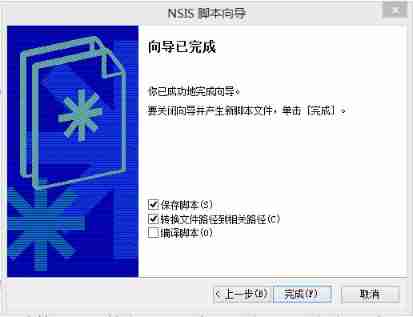
II Simple NSIS installation package
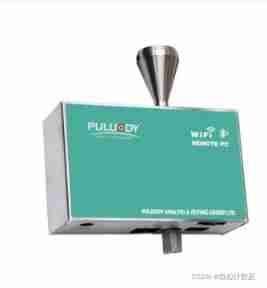
A complete set of indicators for the 10000 class clean room of electronic semiconductors
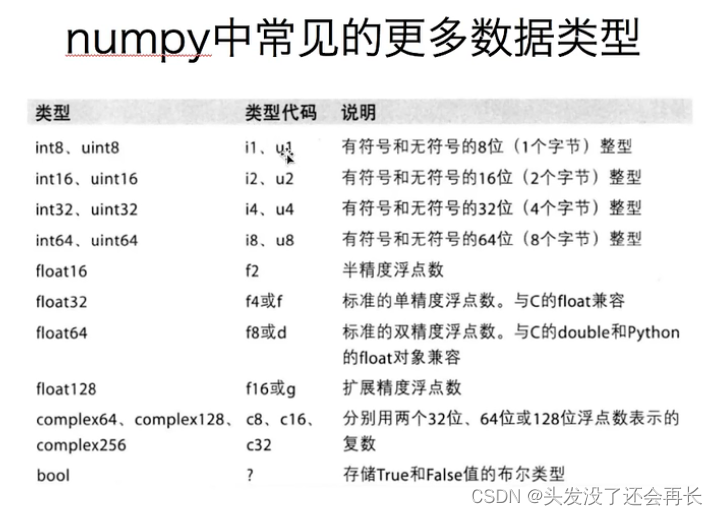
Numpy——1.數組的創建
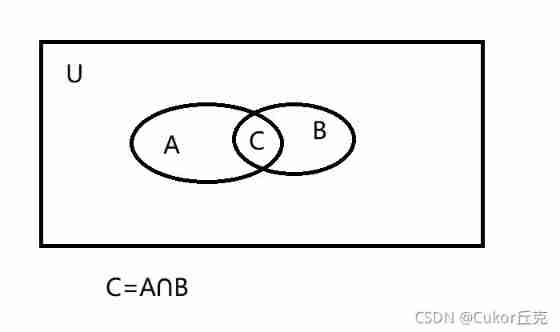
Set theory of Discrete Mathematics (I)

611. Number of effective triangles
![When jupyter notebook is encountered, erroe appears in the name and is not output after running, but an empty line of code is added downward, and [] is empty](/img/fe/fb6df31c78551d8908ba7964c16180.jpg)
When jupyter notebook is encountered, erroe appears in the name and is not output after running, but an empty line of code is added downward, and [] is empty
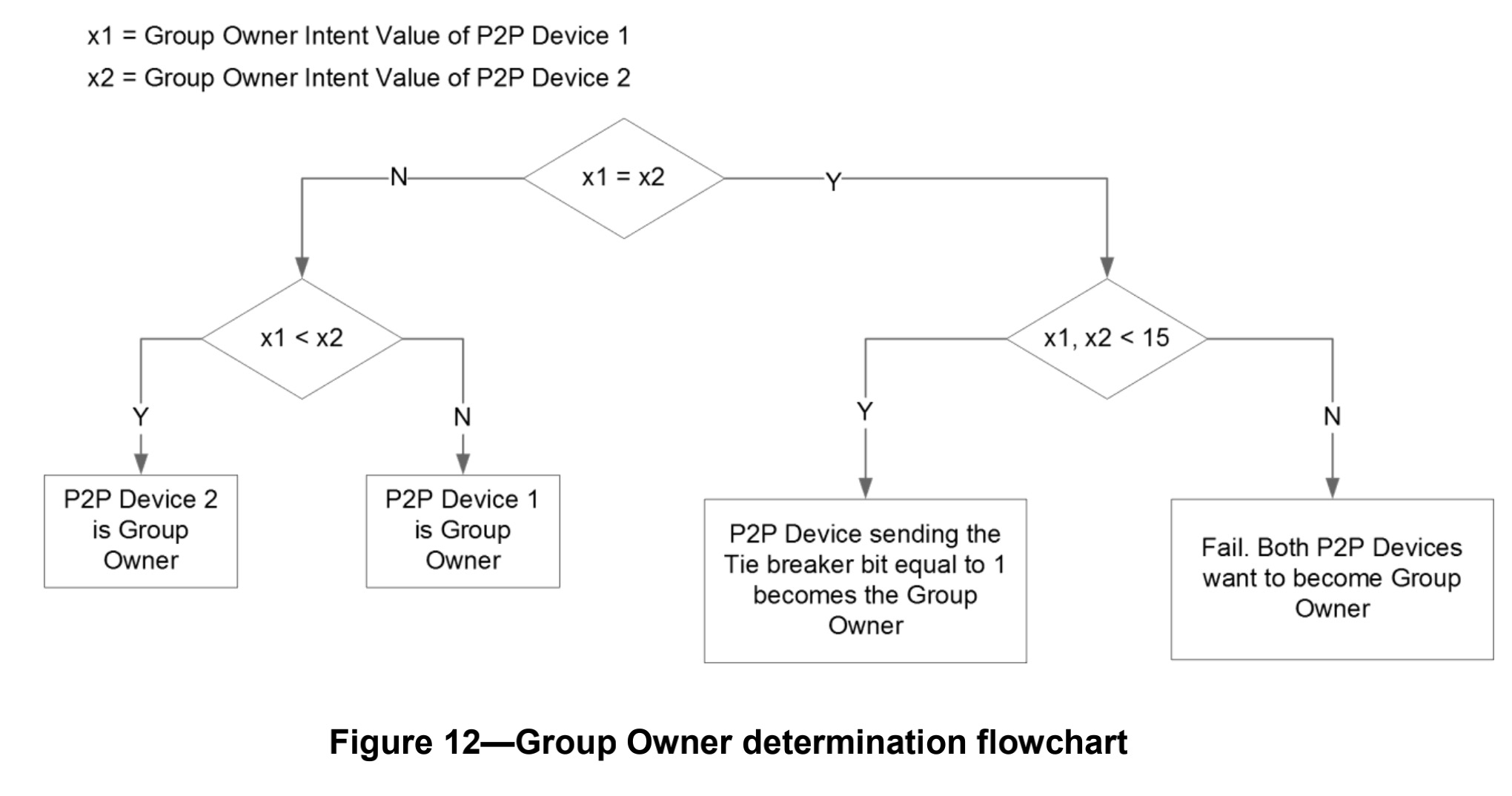
Detailed explanation of miracast Technology (I): Wi Fi display

MySql——存储引擎

行测--资料分析--fb--高照老师

Oracle-触发器和程序包
随机推荐
Typecho adds Baidu collection (automatic API submission plug-in and crawler protocol)
Differences between pycharm and idle and process -- join() in vs Code
Basic series of SHEL script (II) syntax + operation + judgment
Realization of binary relation of discrete mathematics with C language and its properties
CADD course learning (6) -- obtain the existing virtual compound library (drugbank, zinc)
Clickhouse database installation deployment and remote IP access
Global and Chinese market of plastic recycling machines 2022-2028: Research Report on technology, participants, trends, market size and share
Opendrive arc drawing script
How to delete the virus of inserting USB flash disk copy of shortcut to
RTOS in the development of STM32 single chip microcomputer
Simple use of timeunit
Altium Designer 19.1.18 - 更改铺铜的透明度
RF ride side door processing of prompt box
C language uses arrays to realize the intersection, union, difference and complement of sets
I 用c l 栈与队列的相互实现
The folder directly enters CMD mode, with the same folder location
deepin 20 kivy unable to get a window, abort
Build your own random wallpaper API for free
Global and Chinese markets for waste treatment air switches 2022-2028: Research Report on technology, participants, trends, market size and share
selenium 元素定位